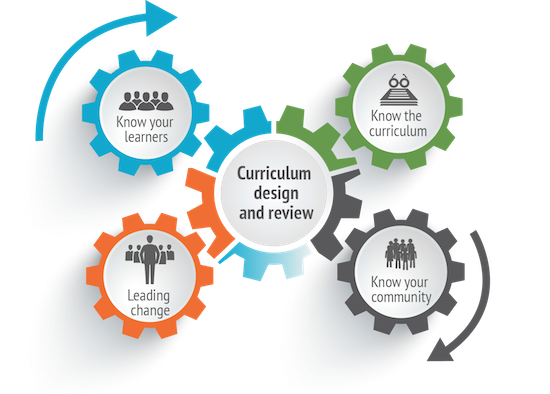The students from 10PSd used the following resources to help develop the Project Specifications for the Multi-Level Game that they will be producing to address a Project Action relating to Experiencing Marine Reserves:
Year 10 DigiTech Project - Experiencing Marine Reserves
The Poor Knights Competition Criteria 19 - supplied by Lorna Duggan of EMR
The following is an example of a students' list of Project Specifications that were developed from both the Year 10 DigiTech Project, and the The Poor Knights Competition Criteria 19. The project specifications works as a guide for the student, as an ongoing evaluation for design elements and other considerations that need to be included in the development of the outcome.
Project Specifications
Using the information from the Outcome Features and Attributes, make a list of the Key Specifications of the Outcome to be produced.
Key Specifications are the attributes or features that occur in many outcome examples, and which you think are important to the Outcome design (function and look).
- A minimum of three game levels
- Challenges at each game level that players would find cool, fun and educational
- At least one sprite
- At least three backdrops
- At least three levels
- (Year 10 project)
- Difference between your local area and marine reserve(Competition)
- Creativity, presentation, leadership and kaitiakitanga
- Demonstration of understanding of marine conservation, marine reserves, marine protected areas and or/marine issues in New Zealand
- NZ marine biodiversity and conversation context
- You need to make sure you are addressing a social action
- At the beginning of the game you need to state the social action that the game is addressing
- Each game level and backdrop needs to state in a text box the issue that relates to the social action
- A challenge on each game level needs to include pop up texts that says how the issue has been solved



















